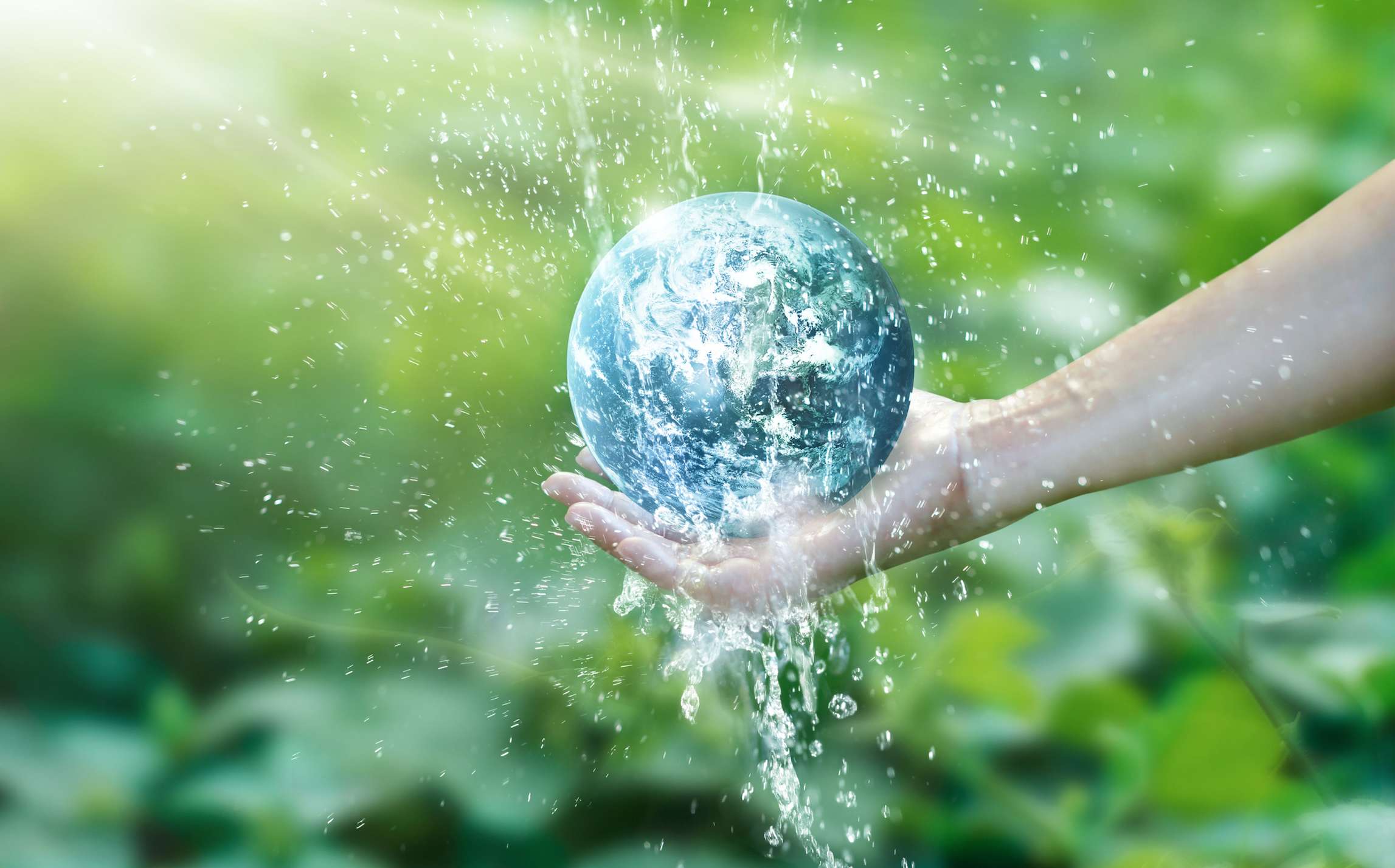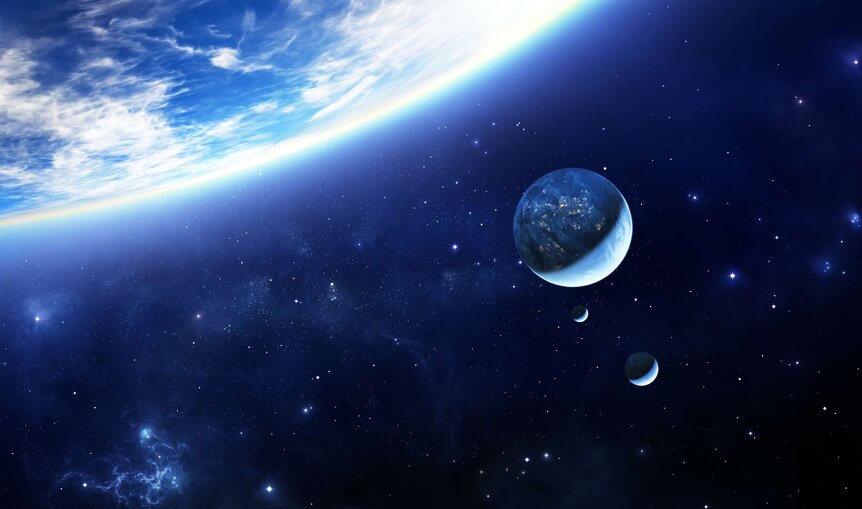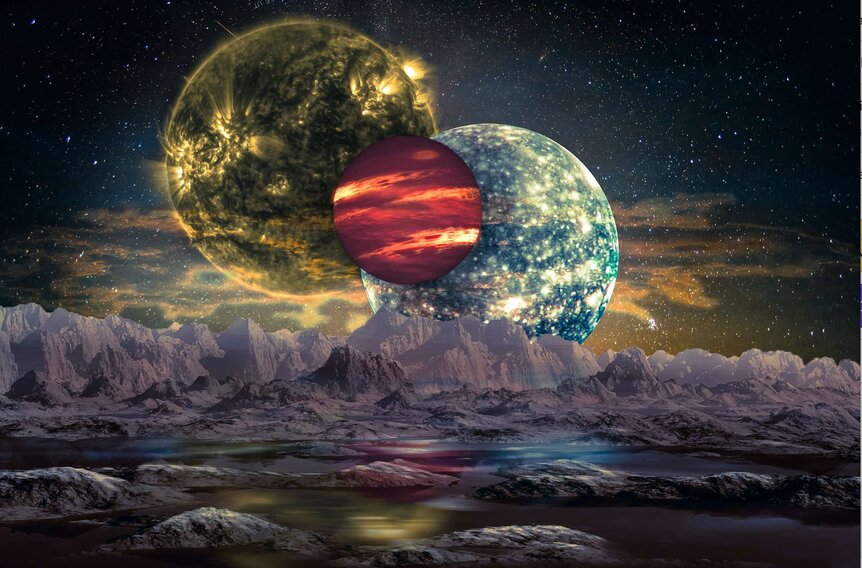Create a free profile to get unlimited access to exclusive videos, sweepstakes, and more!
New study believes the Milky Way is swimming with watery worlds like Earth

Emphasizing the optimistic outlook that our Milky Way is teeming with aquatic exoplanets similar to Earth, a new research paper originating from the University of Copenhagen believes that oceanic worlds harboring Earth-like continents are in great abundance.
According to the intriguing study presented to the online journal Science Advances, Earth, Venus, and Mars were created by tiny dust particles containing ice and carbon, which could also be true of the genesis of multitudes of other planets in the galaxy.
It's long been thought that a life-sustaining planet requires the presence of water, and that Earth was lucky enough to be blessed with the precious substance via the chance encounter with a massive ice asteroid or comet. But scientists at the University of Copenhagen's GLOBE Institute are shaking things up by suggesting that H2O could be present at the birth of a planet, which, according to their findings, is true for Earth, Venus, and Mars.
"All our data suggest that water was part of Earth's building blocks, right from the beginning," says lead author Professor Anders Johansen from the Centre for Star and Planet Formation. "And because the water molecule is frequently occurring, there is a reasonable probability that it applies to all planets in the Milky Way. The decisive point for whether liquid water is present is the distance of the planet from its star."
By employing a new computer model, Johansen and his team have compiled fresh estimations of how fast planets are formed, and which essential building blocks are present at infancy. Their research led them to the conclusion it was millimeter-sized dust particles of ice and carbon, commonly found orbiting juvenile Milky Way stars, that clumped together and accreted to first provide the foundation of Earth some 4.5 billion years ago.
"Up to the point where Earth had grown to one percent of its current mass, our planet grew by capturing masses of pebbles filled with ice and carbon," Johansen adds. "Earth then grew faster and faster until, after five million years, it became as large as we know it today. Along the way, the temperature on the surface rose sharply, causing the ice in the pebbles to evaporate on the way down to the surface so that, today, only 0.1 percent of the planet is made up of water, even though 70 percent of Earth's surface is covered by water."
The logic follows that since planets in the Milky Way are likely formed by identical water and carbon building blocks, it's a good bet that this similar process happens on a much larger stage in other neighboring stars if the temperatures are conducive to life.
"With our model, all planets get the same amount of water, and this suggests that other planets may have not just the same amount of water and oceans, but also the same amount of continents as here on Earth," says co-author Professor Martin Bizzarro. "It provides good opportunities for the emergence of life. A planet covered by water would of course be good for maritime beings, but would offer less than ideal conditions for the formation of civilisations that can observe the universe."
Future space telescopes equipped with next-generation optical tools might provide additional chances for Johansen and his crew to peer into the depths of our home galaxy to seek out such watery worlds hosted by distant stars.
"The new telescopes are powerful," Johansen notes. "They use spectroscopy, which means that by observing which type of light is being blocked from the planets' orbit around their star, you can see how much water vapour there is. It can tell us something about the number of oceans on that planet."




























